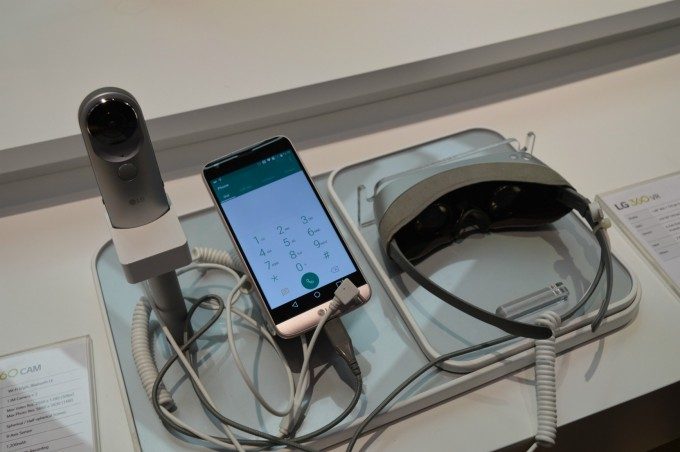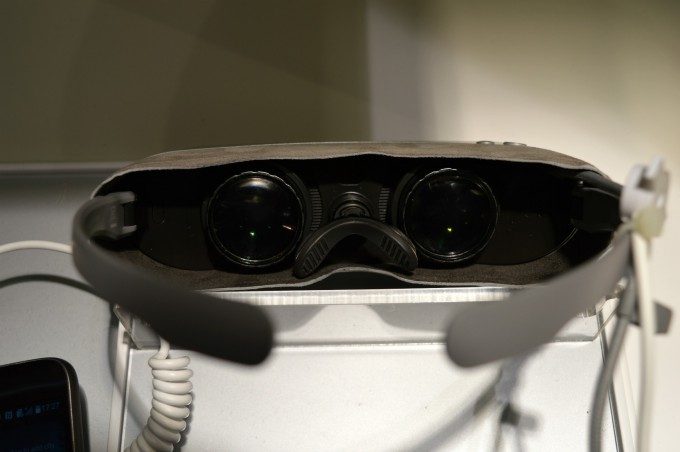Unveiled at MWC 2016, LG 360 VR has become the newest entry into the world of mobile headsets. Touted as a lightweight solution for on-the-go media consumption, the 360 VR gives us an interesting look at the future of VR headset ergonomics, but fails to deliver a solid experience.
The Good
The new LG 360 VR is a new breed of VR headset. It’s light so you can wear it for long periods of time, foldable so you can stash it in small backpack pockets, has dual screens, and connects to the new LG G5 phone that renders off an octacore Snapdragon 820 processor. As a first step into the world of VR, it does a lot of things right, but there are a few good reasons you shouldn’t rest your hopes on the headset becoming your high quality solution to go with that flagship LG phone—at least not in its current form.
The Bad
The dual displays, reportedly 20 percent sharper than the ‘average headset’, clearly suffer from noticeable blur during head movement. Most consumer quality headsets nowadays go for costly low persistence OLED displays that help remove motion blur, something the dual 960 x 720 LCD panels can’t claim. The pixels are dense enough with its 80 degree FOV to limit the screen door to levels similar to Gear VR.
The headsets out for demo had an interesting issue that the floor staff were only too reticent to admit, that moving the phone—which turns into a touch pad when engaged in VR mode—can drastically alter your in-game perspective. Staff told us that the headset relies on both its onboard IMU and that of the LG G5 it’s tethered to in order to maintain a stable absolute position. But titling the phone changes you POV, and that’s a ticket to Discomfortville, USA. LG made no mention that these were show models, or unfinished prototypes.
If the current design is final, you may need to keep your G5 on a flat surface at all times which means you can’t comfortably freak out the squares on the city bus.


The lack of physical IPD adjusters despite the fact that it sports dual screens seems like a missed opportunity here. While correction can take place to a certain extent in software, there’s been no mention of it by LG.
The ‘Meh’
The 360 VR supports Google Cardboard apps and 360 videos, and while this sounds more than sufficient to get you into VR, you may be filtering through a vast amount of mediocre content. Like the open marketplace of the Android Play Store, Cardboard is chock full of roller coaster simulators and enough underwater demos to clog the toilet. With no curated content and nothing tailored to the headset itself like Samsung Gear VR’s Store, you’ll be left with all the same stuff you can already get on your smartphone now, but still developed for mid to low end mobile GPUs.
Exterior light sources easily enter in from the sides and bottom of the space between your noggin and the headset’s rubber gasket, reflecting off the lenses. My face isn’t terribly goofy, but I couldn’t get it to sit well on the bridge of my nose to block out the reflections of the glaring neon green blazers worn by the demo staff behind me. Mashing it up closer on my face didn’t change much either. For some this could be considered a feature of the device, which makes it easier to stay aware of your surroundings (you can see right out the sides and bottom). The gasket also comes off completely if you want to keep a better eye on your book bag.
So is LG 360 VR going to bring a high-end experience to mobile VR? Not from the model shown today.


